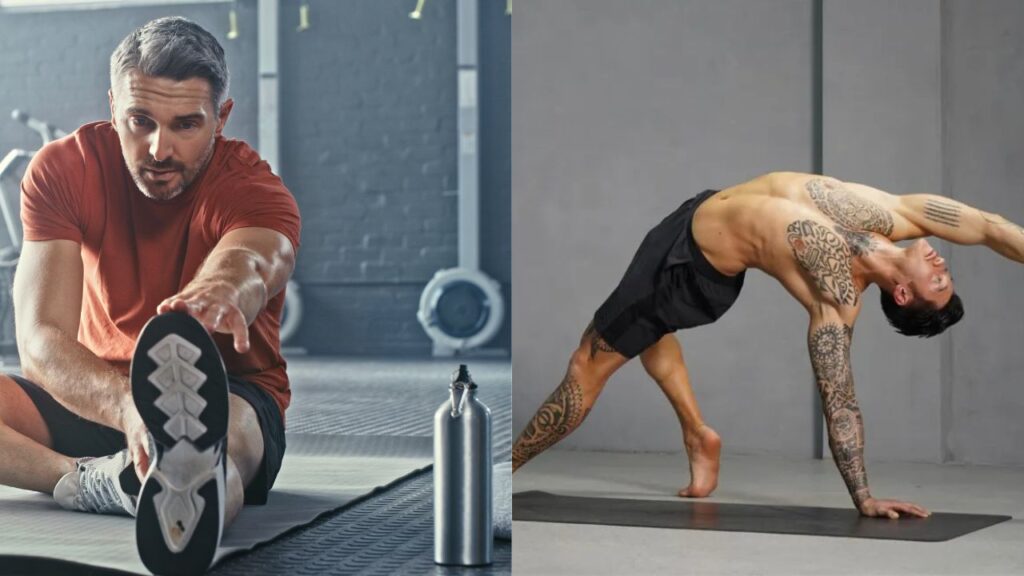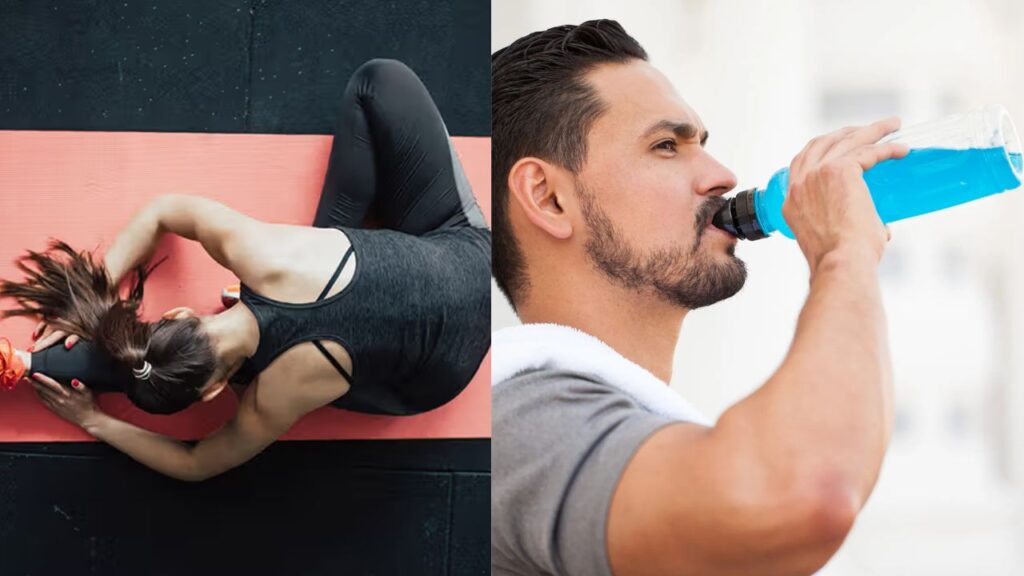Cooldown exercises are used at the end of a workout to help you recover from heavy activities. Cooldown exercises and stretches lessen the risk of injury, improve blood flow, and relieve tension in your heart and other muscles. It is an essential part of the workout routine that aids the body in gradually transitioning from an intense activity level to a resting or near-resting state.
Many people focus solely on the workout, overlooking the significance of gradually returning their heart rate to normal and supporting recuperation. Warmups and cool-downs often involve doing the activity at a slower speed and with less intensity. Warming up helps the body prepare for aerobic exertion. Cooling down after a workout allows the heart rate and blood pressure to gradually return to pre-exercise values. Competitive endurance athletes, such as marathon runners.
They may benefit the most from cooling down to assist manage blood flow. Cooling down does not appear to alleviate muscle stiffness and pain following exercise. There is controversy about whether warming up and cooling down might help prevent injury. However, adequate warm-ups and cool-downs pose minimal risk. This article will go over the importance of cooling down, several strategies to add to the post-workout routine, and advice for maximising recovery.
Establishing a Healthy Routine

Heart Rate Recovery
Rapidly discontinuing intense exercise might cause dizziness, fainting, and other cardiovascular difficulties. A cool-down allows the heart rate to return to normal in a controlled manner. This also reduces the chances of heart attack and any further problems as well.
Reduces Muscle Soreness
Cooling down assists in clearing away lactic acid and other metabolic waste products that collect during exercise, which may reduce muscle discomfort afterward. This helps in less cramps and muscle injuries while working the following day.
Improved Flexibility
Stretching during your cool-down can help improve flexibility by extending muscles that may have constricted throughout the workout. Relaxes tight hips and increases the mobility of the spine.
Mental Transition
Cooling down allows you to take a mental break after an intense workout and return to your everyday routine. This time can be used to practice mindfulness and reflection, which promotes both physical and mental recovery. Calming activities after an exercise can help lower cortisol levels.
Injury Prevention
A proper cool-down routine can greatly lower the risk of injury by increasing flexibility and preparing muscles for future exercises. Taking the time to think about the workout might help enhance focus and clarity for future training sessions.
Flexibility Meets Recovery

Take a Drink
Drink plenty of water after your workout to prevent dehydration and lower your body temperature. Begin cooling down from the inside out. Drinking water will help to rehydrate and keep the core temperature stable.
Stretching
Stretching is an essential part of cooling down. It not only relaxes the muscles but also increases flexibility and avoids stiffness. Concentrate on the key muscular groups used during the workout.
Static Stretching Techniques:
Hamstring Stretch: Sit on the ground with the legs outstretched. Reach for the toes and feel the stretch in the hamstrings.
Quadriceps Stretch: Stand and lift one foot towards your glutes while holding the ankle to stretch the front of your thigh.
Shoulder Stretch: Bring one arm across the torso, then pull the other arm closer to the chest.
Chest Stretch: Stand tall and clasp the hands behind the back. Gently bring the arms back and raise the chest.
Deep Breathing
Instead of rushing out of the gym after finishing the spin bike, spend a few moments to calm the breathing rate. Try a count of eight for inhalation and eight for exhalation, and repeat as needed. Find a comfortable sitting or laying position. Inhale deeply through the nose for a count of four, allowing the abdomen to stretch. Exhale slowly through the mouth for a count of six.
Taking a Shower
If one dares (and has an extra five minutes), they should consider taking a cold shower after training, or at the very least, a lukewarm one, rather than a blazing hot one. Someone enjoys hot baths, they should avoid them after exercise because they will not help their body return to normal conditions.
Foam Rolling
Foam rolling is a fantastic practice for reducing muscle tension and stiffness after a workout. This self-myofascial release technique improves blood flow to the muscles and promotes recuperation.
Foam Rolling Techniques:
Quadriceps: They should lie face down with the foam roller under their thighs, rolling from hip to knee.
Hamstrings: Sit with the roller under their thighs and roll from the glutes to the knees.
Back: They should lie on their backs, with the roller under their upper back and rolling from their shoulders to their lower back.
Calves: They can sit with the roller beneath their calves and roll from their ankles to their knees.
Progressive Muscle Relaxation
PMR is a relaxation method that involves contracting and relaxing several muscle groups to lessen overall body tension. Find a comfortable position, whether sitting or lying down. Starting with the toes, strain the muscles for 5 seconds before relaxing for 30 seconds. Work slowly up the legs, abdomen, arms, and finally to the face.
Post-Workout Nutrition
After an exercise, nutritious food can help the body recuperate and refill the energy resources. Concentrate on a combination of carbohydrates and proteins. Greek Yoghurt with Berries provides protein and carbs for recovery. Banana with Nut Butter is a quick supply of energy and healthy fats. Protein Shake easy way to receive protein and carbohydrates right after exercise.
Mindfulness or Meditation
After completing the workout, individuals should take a few moments to practice mindfulness or meditation. A simple meditation technique involves sitting or lying comfortably, closing the eyes, and focusing on the breath. They should allow thoughts to come and go without judgment, aiming for 5-10 minutes of mindfulness to enhance mental recovery. This practice can significantly contribute to overall well-being and help them transition more smoothly.
Elevating Overall Well-being

Individuals should set themselves up for success by scheduling time to gradually cool down after their workouts. This practice allows their bodies to recuperate, controls their physical systems, and helps them gradually return to their usual daily routine.
They should ensure they have enough energy to complete the cool-down without exceeding their boundaries, going only to the edge of their limits and never bouncing or forcing their way into any position. On days, when they do not feel particularly active or energetic, they can substitute any of these cooling, calming exercises into their routine to benefit both their minds and bodies.
It is important to remember that each individual’s needs may vary, so they should listen to their bodies and adapt their cool-down routines accordingly. By prioritizing a proper cool-down, they will not only improve their performance but also contribute to their overall fitness journey.


